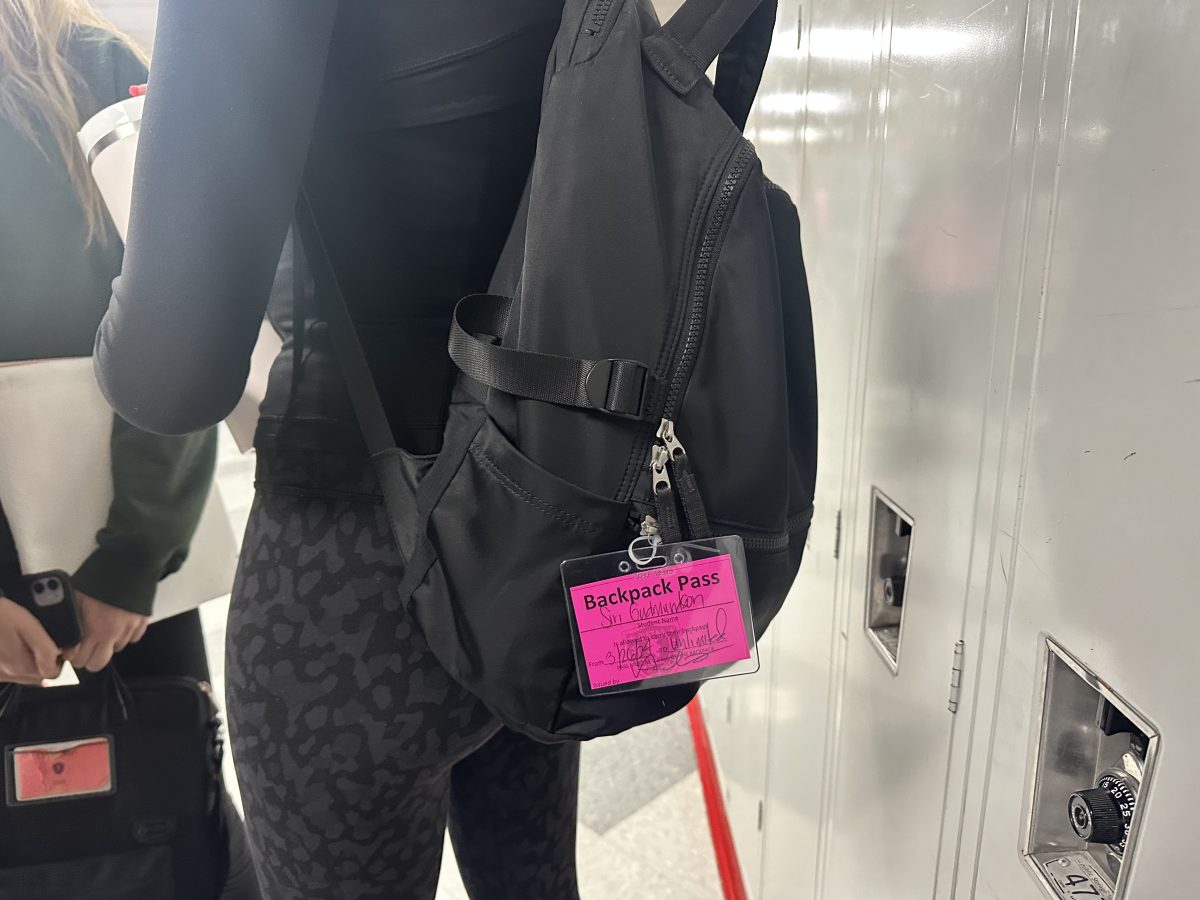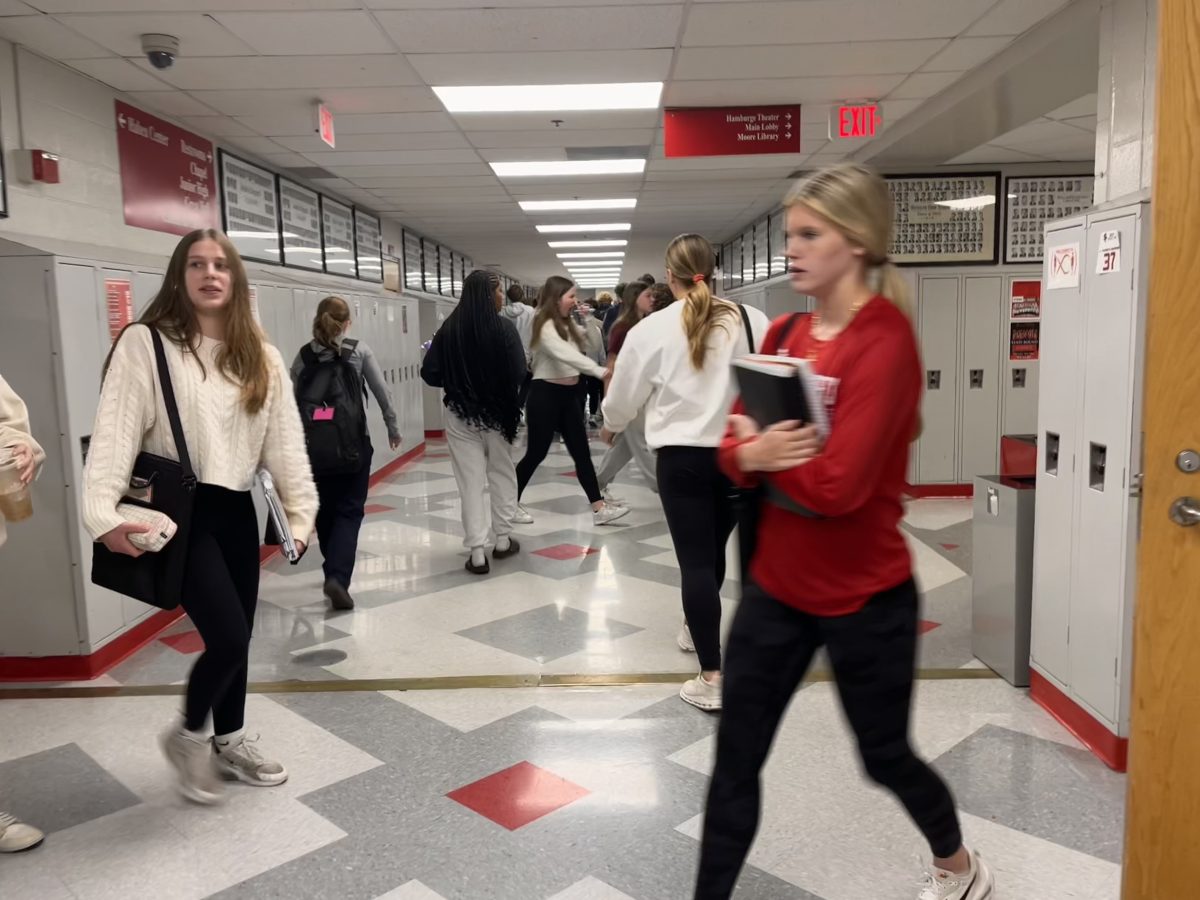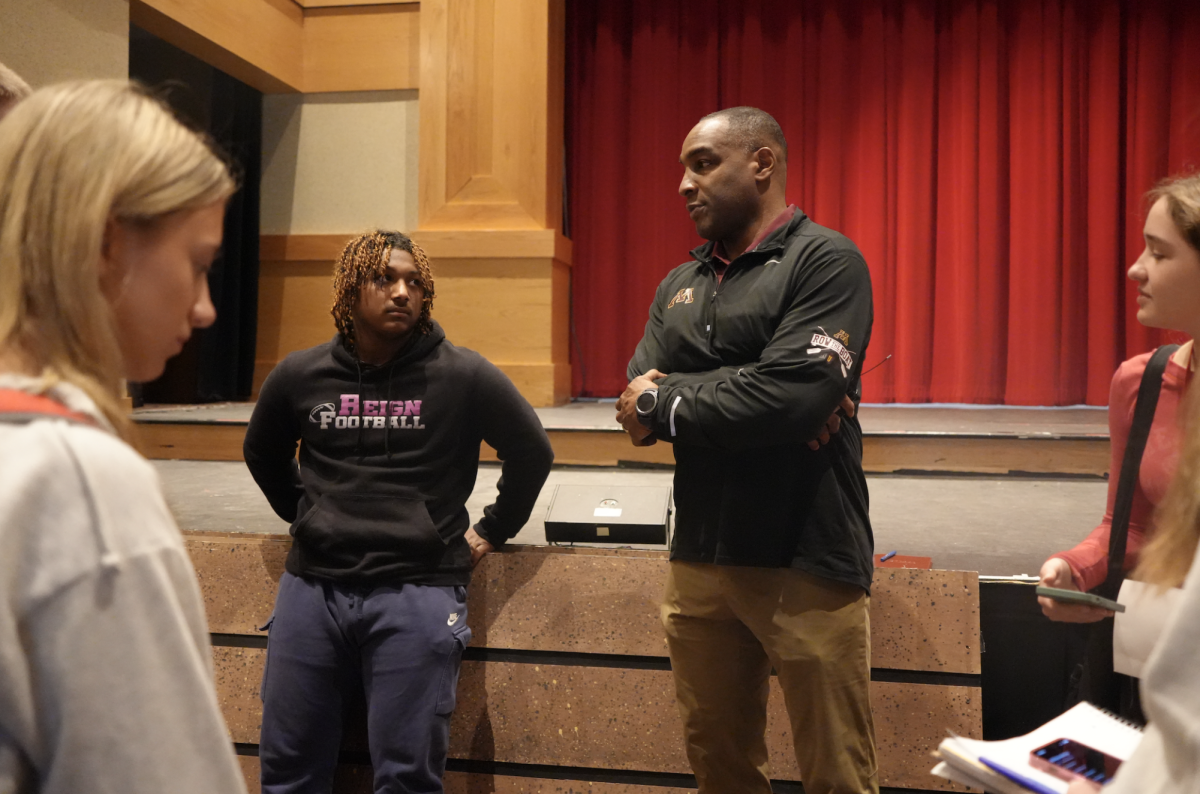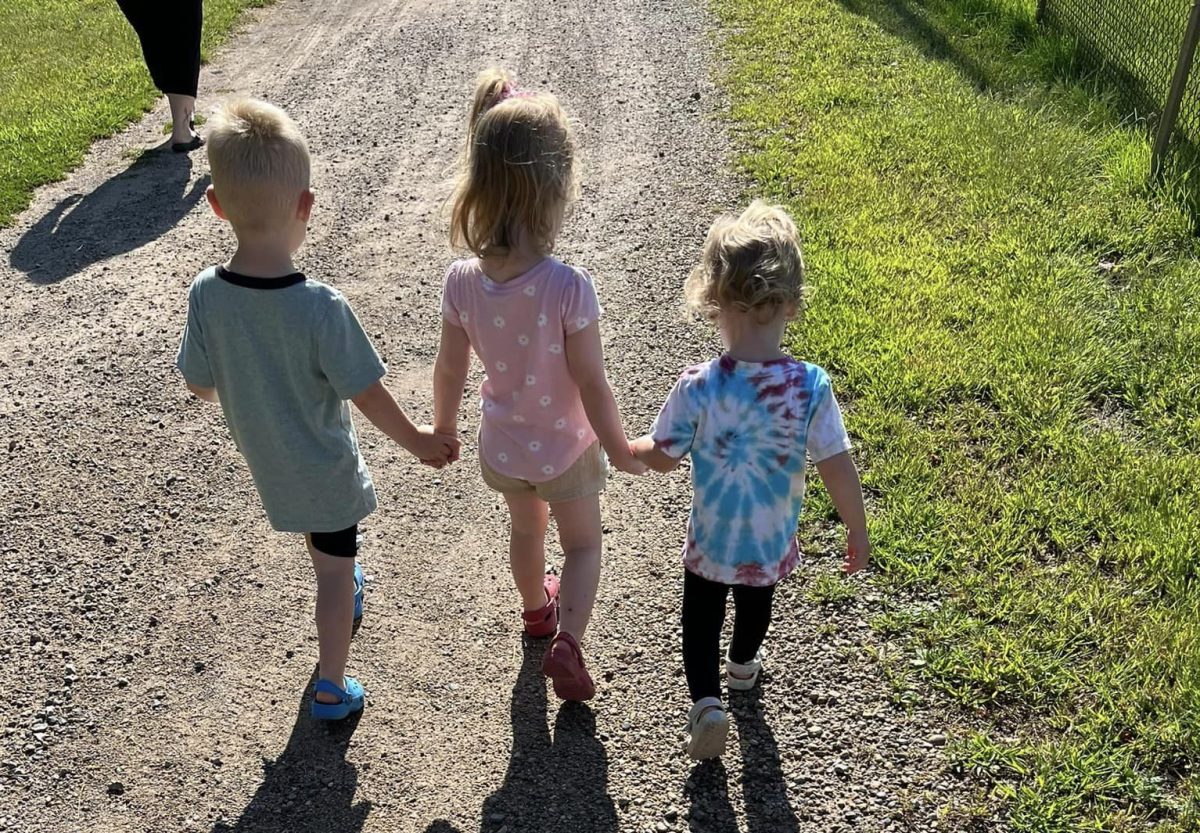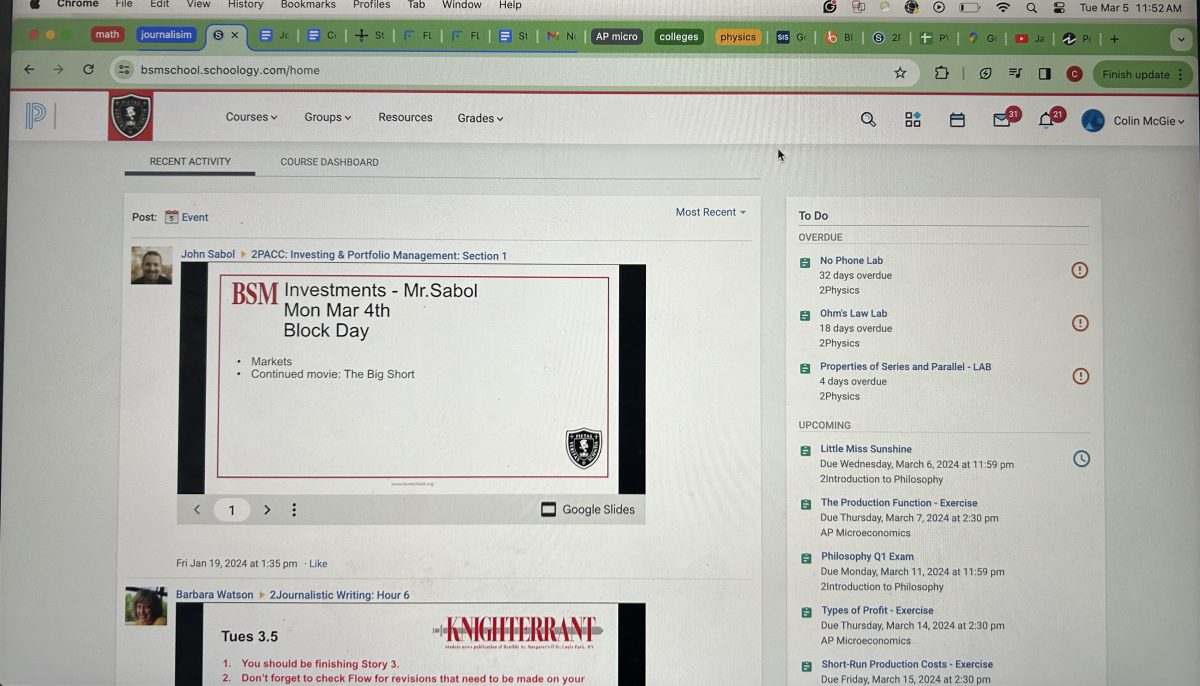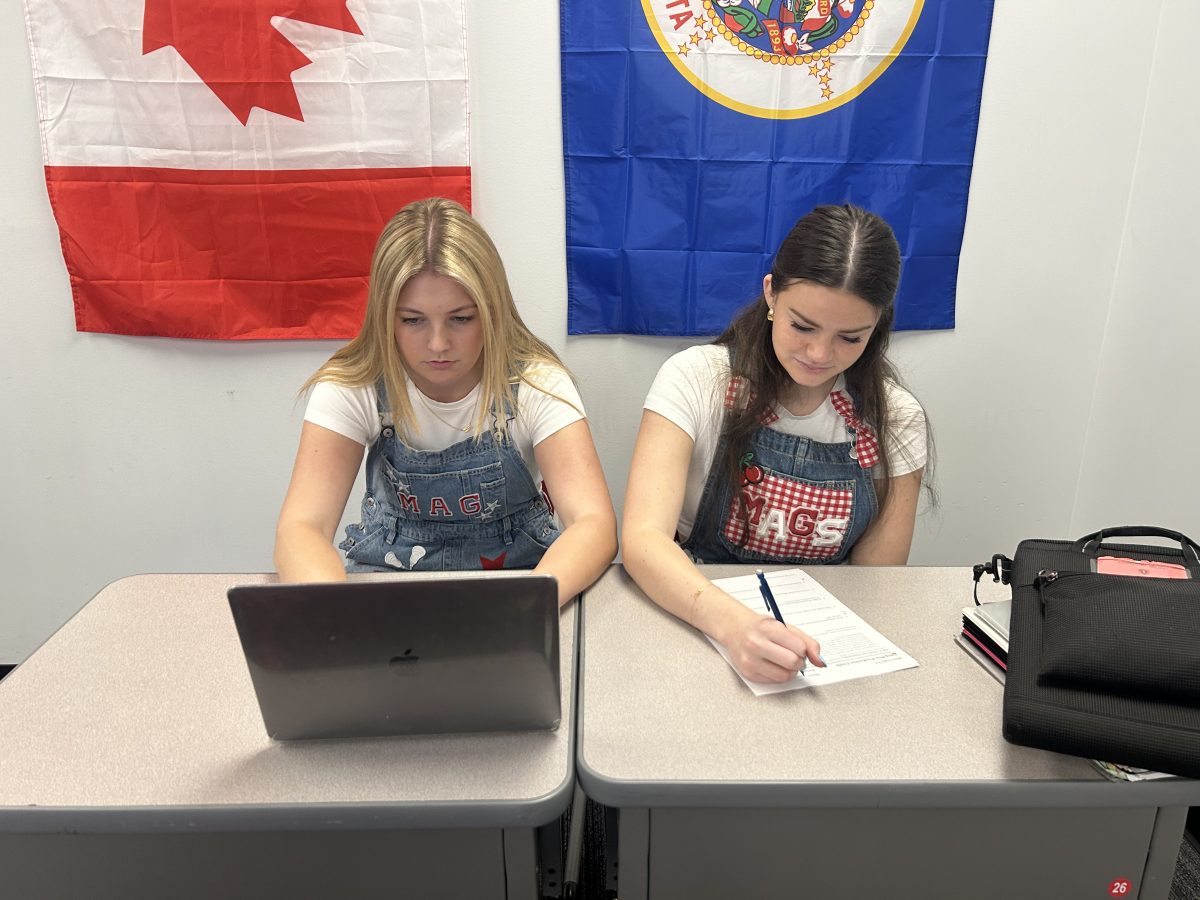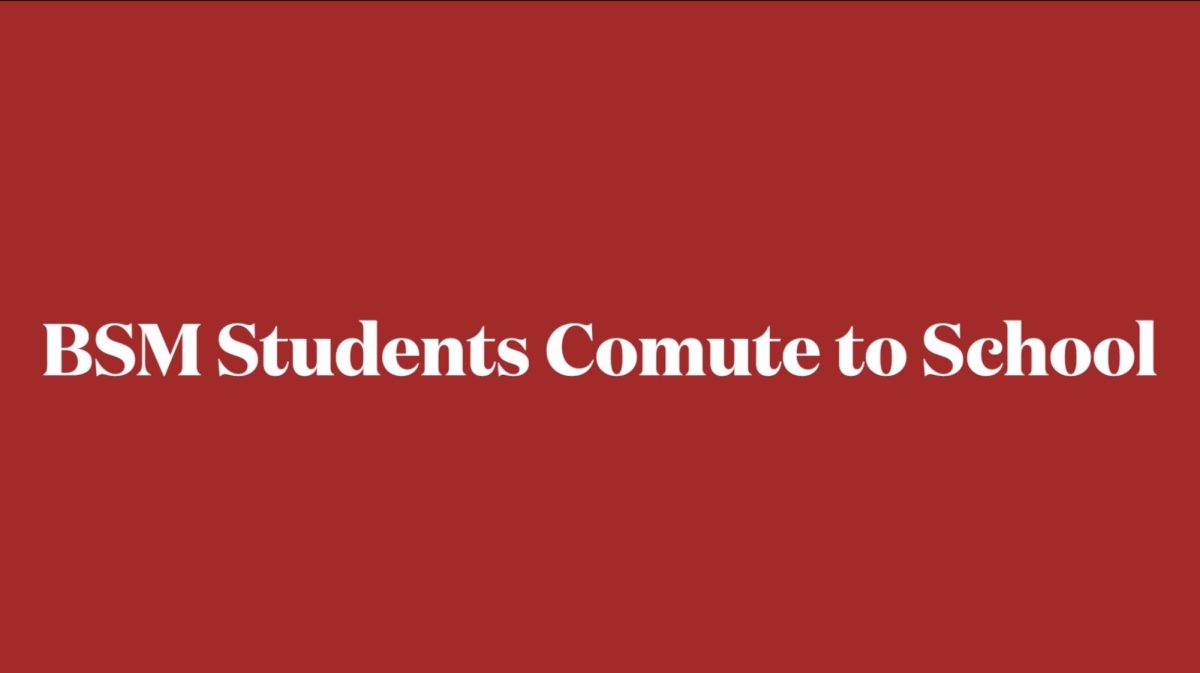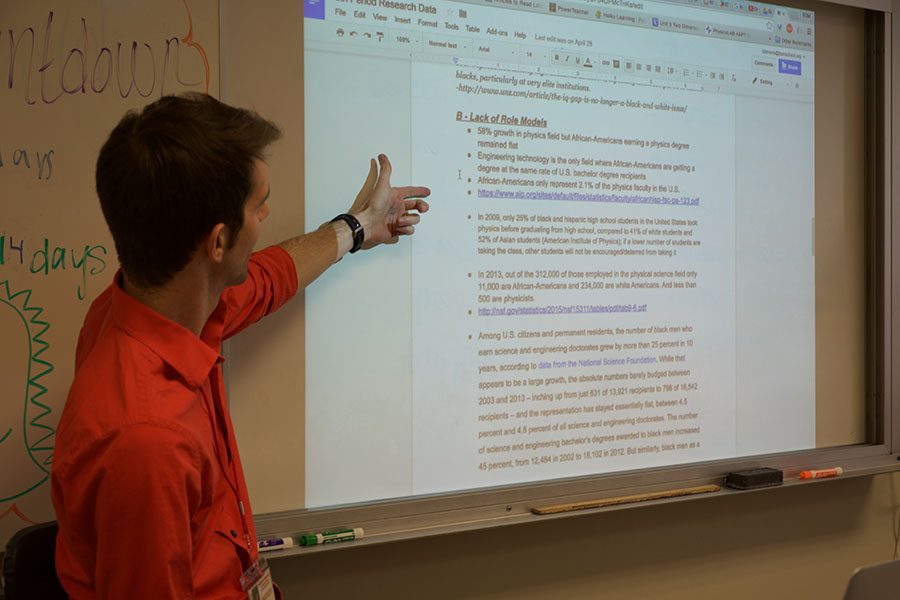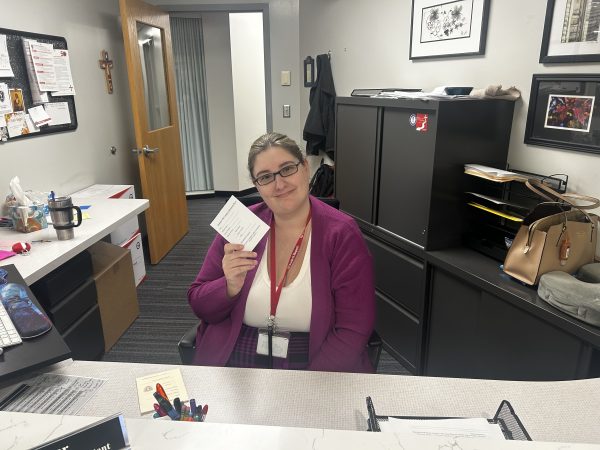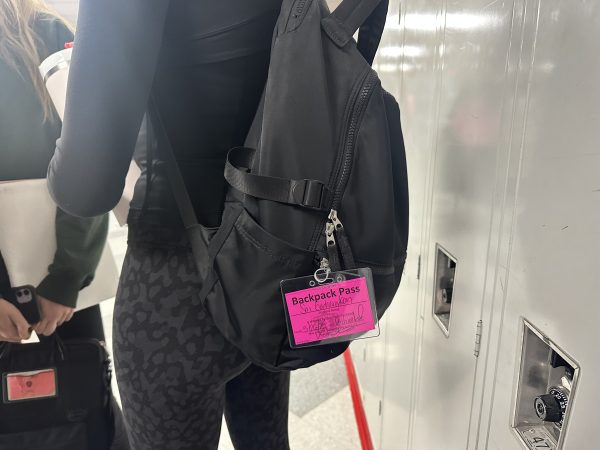Physics teacher introduces new unit centered around diversity
Physics Mr. Tanner Stevens introduced a new unit that centered around diversity, specifically in the Physics workforce.
After spending the majority of the school year studying objective topics, Mr. Tanner Stevens’ physics classes turned their eyes to a less objective issue—diversity in the sciences and, more specifically, in physics.
On Monday, April 25, Stevens introduced the unit to classes, which he explained, “takes a look at the statistics behind who does physics—what is the demographic arrangement of physicists in the United States—and compares that to what the demographics are in the United States as a whole.”
The unit aims to bring awareness to the underrepresentation of African-Americans in the physics community and focuses on developing students’ abilities to critically and scientifically analyze data to prove or disprove a hypothesis. “We brainstorm some hypotheses of why this may be—can we find any data that can support or oppose these hypotheses? And we analyze that, does this data make sense? We evaluate it at a high critical level—does this data tell us anything about these different hypotheses?” Stevens said.
So far, responses to the new and progressive unit have been mixed. “Some students feel a little uncomfortable about it. It’s a difficult conversation to start, for sure. It’s something that is sometimes even uncomfortable for me to bring up or to talk about, too. But that discomfort is something that is a step towards growth,” Stevens said.
Senior physics student, Frankie Gormley, finds the lack of diversity to be an urgent issue, but does not believe it is one that is best addressed in a science unit. “It’s definitely important to be talking about the fact that the demographics of our society are not being reflected in the sciences, but I don’t know how well it works to be talking about these issues in a science classroom,” Gormley said.
In contrast, Junior physics student, Morgan Bettin-Coleman argues that we should be addressing these issues in all areas of study. “I think this was a really good concept; however, it could have been carried out better. I think that we should be addressing these issues in all classrooms,” Bettin-Coleman said.
I hope to see that if students are interested in this topic that they’ll run with it and keep going in having these conversations with as many people as they can.
— Mr. Tanner Stevens
The idea for the unit came from a blog-post which Stevens read last spring by a Seattle-area physics teacher that outlined the basic idea for the unit. “It’s kind of been a thought on my mind for a long time, to look at data and information surrounding what are the demographics of the physics community in the United States? Who really does physics?” Stevens said.
Stevens has noticed the lack of diversity since he started college, and felt that this was an important issue to address. “Going through my college physics classes, it was pretty rare to see students of non-white racial backgrounds in any of my classes—or as professors. The community is very homogenous, especially in this area of the country. So, it’s something that I think about a lot,” Stevens said.
To wrap up the unit, Stevens assigned students to make a poster that tells the story of a minority physicist who is currently active and influential in today’s science community. “Our final project will be about starting to give more awareness of physicists who are not the predominant culture or racial make-up,” Stevens said.
As a whole, Stevens hopes the unit will be the kickstarter to inspire students to talk about issues such as these. “I am doing my best to at least start the conversation here, but I hope to see that if students are interested in this topic that they’ll run with it and keep going in having these conversations with as many people as they can,” Stevens said.


